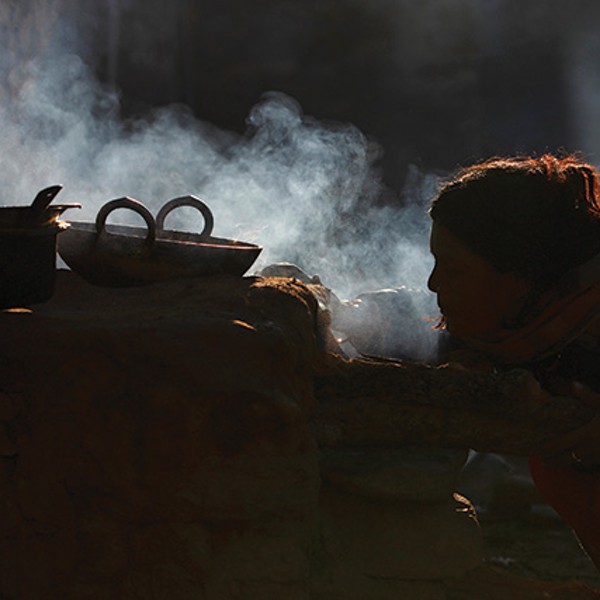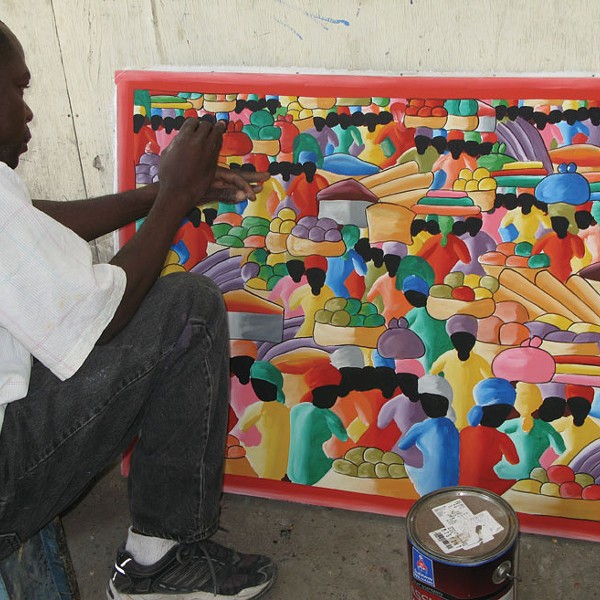How is it to live these two separate, very different lives switching between your home and working in these conflict and crisis zones?
It’s exhausting. For example, Stefanie and the kids were supposed to move to Nairobi a month ago— meanwhile I packed up and took off for Haiti. They put everything on hold and have their bags packed ready to go. Stefanie is determined to move. It makes more sense economically and I’ll be able to spend more time with them. I guess my kids are used to it, but that doesn’t make it necessarily healthy, and it’s painful to see how hard this is on Stefanie. How do I switch on and off? There’s this switch off. I have to, otherwise I’d be a mess. Stefanie’s booked plane tickets with a March 7 arrival in Nairobi. But then everything went off in Mogadishu and so I’m scrambling to get there. When I told her, “I’m going to Mogadishu and be back in time to meet you Nairobi,” it made her really nervous because they don’t have a place to live. So, that’s a little edgy right now. But I promised her and it makes sense to me to go in now for a week, get out, and be in Nairobi to help settle them in.
Dominican Republic/Haiti
January 14: Santo Domingo. It’s an NGO circus: branded vests, half shaven men in cargo pants and women with braids and scarves—the bigger scarves indicate more time in the field—we all give each other the nod. We’re heading to the same place.
January 15: We drive to the Haitian border. As we approach Port au Prince, we start to see the signs of the disaster—demolished buildings, people with their remaining belongings on their heads, walking in a daze—everyone’s in shock. Chaos reigns in the city. Traffic jammed with motorists rushing for any remaining available fuel. It’s like a nuclear device has gone off. All the buildings are pancaked, four-day-old bodies burning in the street, I keep a careful eye on armed groups of men prowling for loot, and find a baby’s corpse in a pile of garbage. I photograph it, though I know it’ll never run. I think of my own children for a moment—then turn that off. I’m here to do the only work I know. The smell of corpses is one that you never forget; it permeates the air. Sickly sweet, I know it will take months for the smell to go away, and again, I turn off.
How does the “turn off” mechanism work?
When people ask, “How do you do this?” I blow it off. I turn off a switch when I’m working—self-preservation. If I stopped and spent too much time thinking about it—“it” is horrific shit—I wouldn’t be able to work. The smell thing: when you smell a dead body, the smell sticks with you forever and tends to pop up at the most bizarre times and places—in a department store’s sock department, for instance. Coming into Haiti that first day I walked into a garage that was chock full of corpses. It was hot so they were bloated and flies were everywhere—and the smell. But the light was really good and I knew I had to photograph it. There was that basic human instinct to throw up and get the fuck out. I just turn it off. I have to. Seeing a mushed up baby—you can’t sit there and contemplate too much. It’s the only way to work. The interesting question is: How do you turn that back on again?
Can you turn it back on?
I don’t know, I mean I went swimming with my son the other day and we had a great time. I just don’t know.
Are you able to be present when you are home?
It takes a while. I walk around in a daze for about a week. Then I re-center. After Haiti I was physically and mentally exhausted. It always takes some days to come down. It’s difficult. I’ve got this family who’s been sitting waiting for months to see me, then I show up and I’m not really present.
















